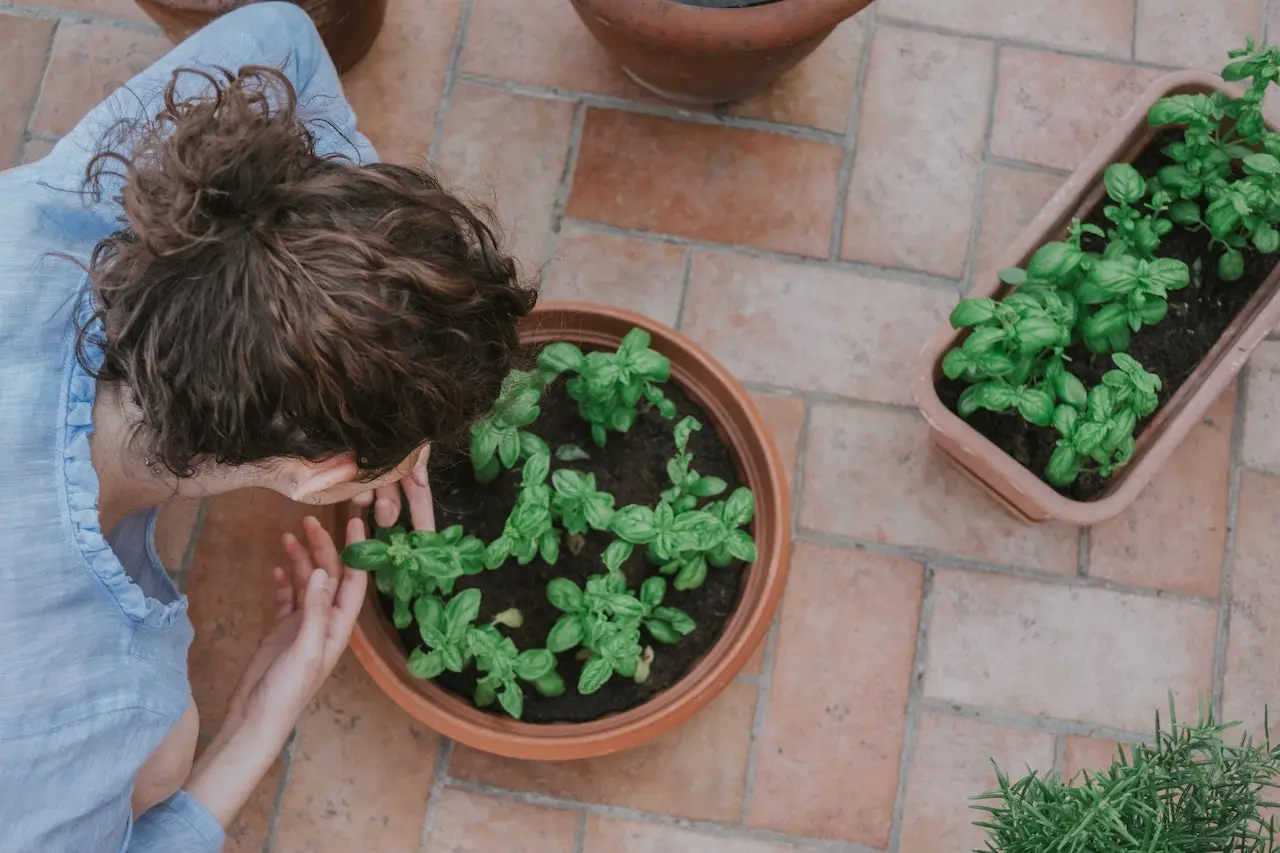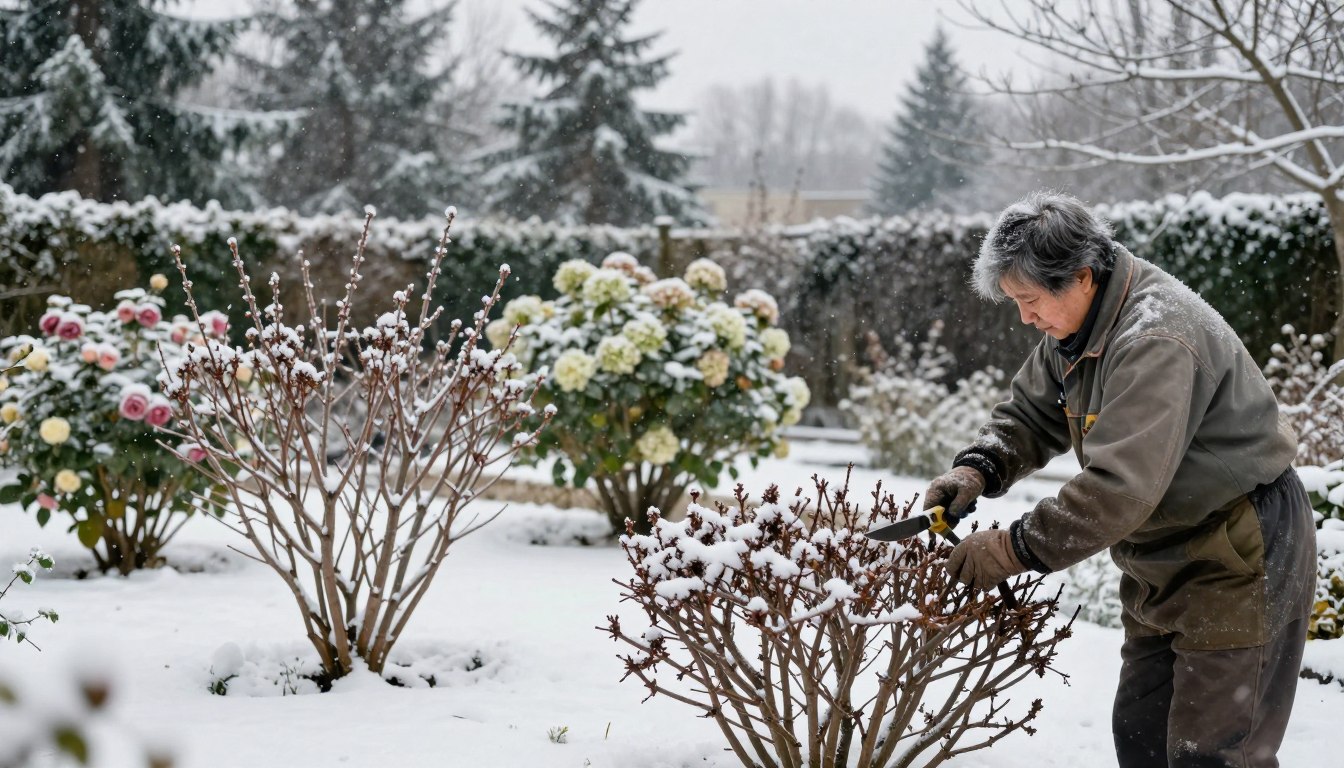The tantalizing aroma of fresh herbs wafting through the kitchen is nothing short of a culinary symphony, a prelude to the delightful meal that is about to grace the dining table. But what if you could elevate this experience further by plucking these aromatic herbs right from your backyard? Does the idea of cultivating your personal fresh herb garden, one that promises to be a chef’s delight, titillate your culinary senses?
Let’s embark on this gourmet journey together, crafting a garden where flavor meets freshness, in an orchestra of culinary delights.
Introduction: The Symphony of Fresh Herbs
Crafting a Gastronomic Haven
Picture this – a lush green nook, pulsating with life, housing a rich palette of herbs that are nothing short of a culinary treasure trove. Growing a chef’s herb garden is akin to having a live pantry, a green sanctuary where flavors blossom and culinary creativity knows no bounds.
Have you ever imagined walking into your garden, the morning dew still fresh on the leaves, as you pick a handful of herbs to add a zesty flourish to your breakfast?
Choosing Your Culinary Stars: The Quintessential Herbs
Curating Your Flavor Palette
Before you begin, it’s essential to choose the stars of your culinary show. The herbs that will grace your garden should resonate with your culinary style and preferences. Let’s take a stroll through the world of aromatic herbs:
The Classics
- Basil: A quintessential herb in Italian cuisine, bestowing dishes with a sweet and somewhat spicy flavor.
- Rosemary: This woody herb lends a pine-like fragrance and flavor to dishes, especially meats.
- Mint: A versatile herb, adding a refreshing note to both sweet and savory dishes.
- Thyme: With its subtle, dry aroma and slight lemony flavor, it’s a favorite in Mediterranean cuisine.
- Parsley: Be it curly or flat-leaf, parsley adds a fresh and slightly peppery note to a variety of dishes.
The Exotics
- Lemongrass: A staple in Thai cuisine, offering a citrusy zest to soups and curries.
- Chervil: Often used in French cuisine, it brings a mild, licorice-like flavor to dishes.
- Lovage: Its celery-like flavor makes it a great addition to soups and salads.
Doesn’t this feel like composing a gastronomic symphony, where each herb plays a distinct note, contributing to a harmonious culinary melody?
Setting the Stage: Preparing Your Herb Garden
Creating a Culinary Oasis
To let your herbs thrive, the stage must be set with utmost care and precision. Here’s how to craft a nurturing environment for your culinary stars:
- Location: Choose a spot with ample sunlight, ideally receiving 6 to 8 hours of sun daily.
- Soil: Opt for well-draining soil, enriched with organic matter for fertility.
- Spacing: Ensure proper spacing between plants to allow for ample growth and air circulation.
- Containers: If space is a constraint, container gardening is a splendid option.
Can you visualize your kitchen garden taking shape, promising to be a reservoir of fresh, aromatic herbs ready to elevate your culinary adventures?
Cultivating Your Herbs: Tips and Tricks
Nurturing Your Green Treasures
Growing herbs is both an art and a science. Here are some tips to nurture your green treasures:
- Watering: Keep the soil consistently moist, but avoid waterlogging to prevent root rot.
- Pruning: Regular pruning encourages bushier growth and a bounty of fresh leaves.
- Fertilizing: Use a balanced organic fertilizer to nourish your herbs without compromising their natural flavor.
- Pest Control: Adopt natural pest control measures to maintain a healthy, chemical-free garden.
Have you ever felt the thrill of watching your plants grow, knowing that soon they will be the stars of your culinary creations?
Harvesting: Reaping the Bounty
Embarking on a Culinary Voyage
The time has come to reap the rewards of your labor. Harvesting herbs is a joyful process, promising fresh, flavorful additions to your meals. Here’s how to harvest with care:
- Timing: Early morning, when the oils are concentrated, is the best time to harvest.
- Technique: Use sharp scissors to make clean cuts, ensuring the plant’s continued healthy growth.
- Preservation: Fresh herbs are best, but they can also be dried or frozen to extend their shelf life.
Isn’t it delightful to envision a culinary voyage, where each meal is graced with fresh, homegrown herbs, bringing a burst of flavor and vitality to your dishes?
Conclusion: The Culinary Journey Awaits
A Gastronomic Adventure in Your Backyard
As we conclude this enlightening journey, let’s envision a garden that is a true chef’s delight, a place where culinary dreams come to life amidst the vibrant hues and aromatic whispers of fresh herbs.
Key Takeaway
A chef’s herb garden is more than just a gardening venture. It’s a culinary journey, an opportunity to explore the vibrant world of fresh herbs and to foster a deep connection with the food we create and consume.
Are you ready to craft a gastronomic paradise in your backyard, a place where culinary delights meet the fresh bounty of nature, promising meals that are a symphony of freshness, flavor, and vitality?
Bon Appétit and Happy Gardening!






